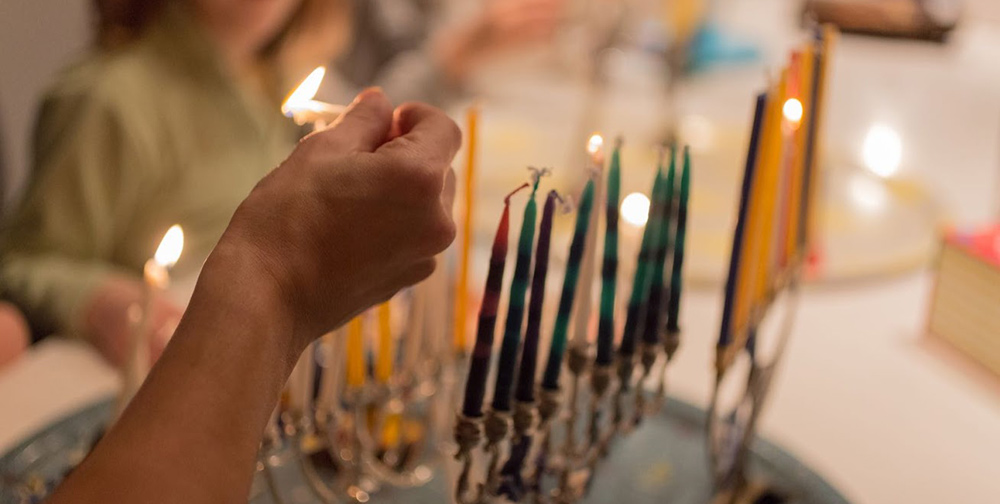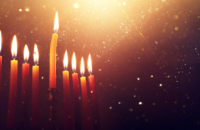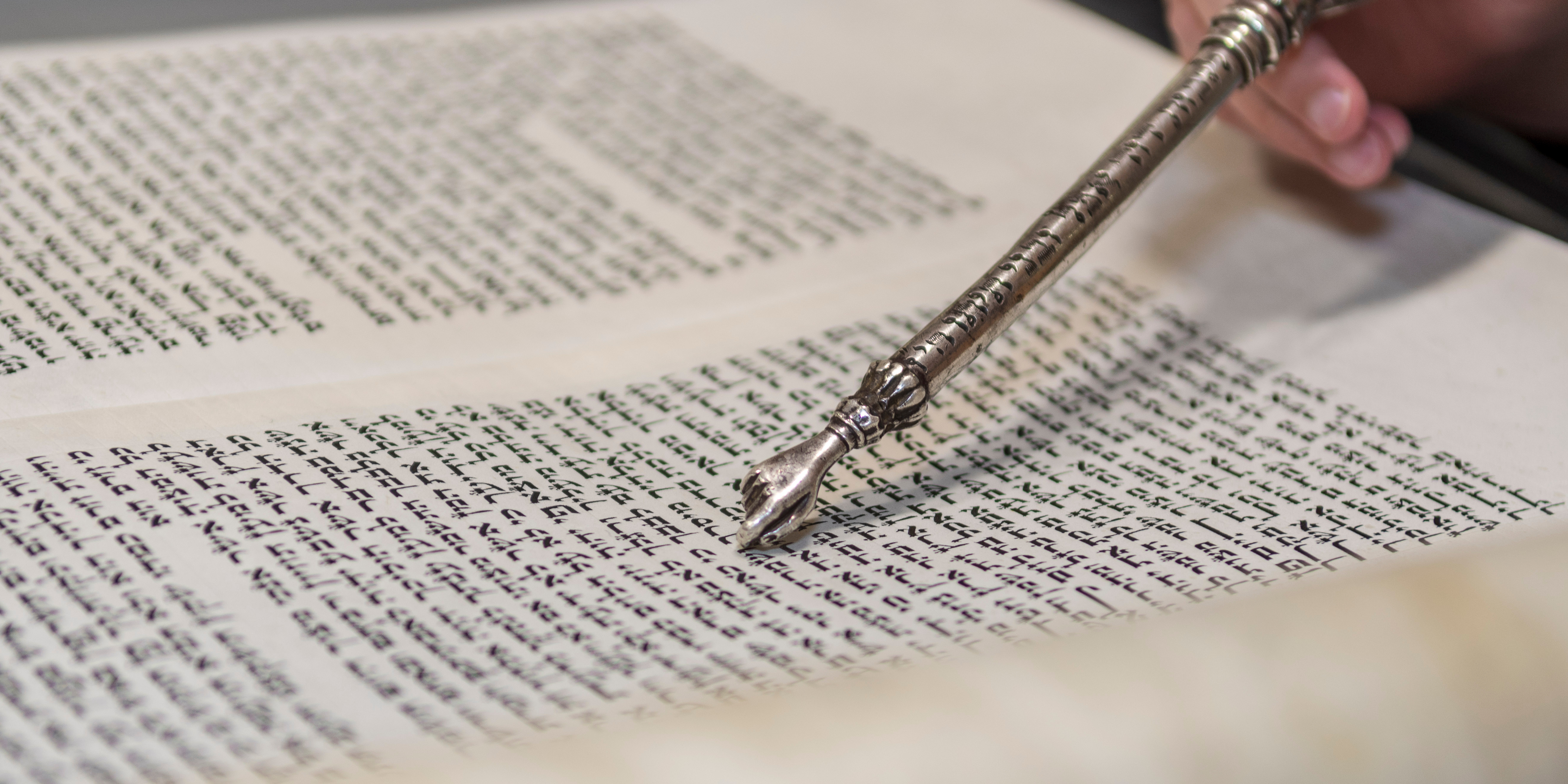Shadow of faith

If only the whole world were a big succah!
To dwell in the Succah (and ‘dwell’ really means dwell: you take your best plates and cups, all your meals, and even your sleep in the Succah) you have to be at peace.
‘God will hide me in the Succah in the day of evil’, reads the Psalm (27:5) On the face of it the reasoning seems less than compelling. Throughout history people have built fortresses and castles, rather than huts and booths, for protection in the hour of trouble. Along what formerly disputed borders do you find the ruins of old Succahs? One wouldn’t have thought a Succah, with its makeshift walls and permeable roof, was a good hiding place either, not from hostile eyes nor from friendly rain. Yet it is specifically a Succah which constitutes God’s place of safety. Maybe that’s because to live in a Succah and eat your meals, let alone sleep, there, you have to trust not only the Lord in heaven but your neighbours next door, and next door-but-one. Why otherwise would you choose such a vulnerable place to expose yourself to the mercies of others if it weren’t for a deep trust in safety and peace? If that is our reality today, we are lucky; whatever the case, it remains our enduring hope for everybody and always.
Equally important for the Succah is co-operative co-existence with nature. Thesechach, or roofing materials, have to be made of products grown from the earth. The Torah describes the festival asbe-ospecha migornecha umiyikvecha ‘when you gather from your threshing floor and wine-press’, meaning not only that it takes place at the time when you bring in the harvest, but also that the Succah itself (at least the roof) must be made out of the very produce you take from your granary and wine-press, such as stalks of corn and leaves from the vine. Further, it is an age-old custom to decorate the Succah with fruits and vegetables, even wine skins and bags of flour. ‘We had every possible kind of fruit in season’ Mavis Hyman* told me, recalling fondly the wonderful Succahs her family used to construct on the balcony overhanging the street where she grew up in Calcutta. For myself, as I eagerly scan the seed catalogues and choose what vegetables to (attempt to) grow, I carefully bear in mind what will look beautiful in the Succah. Especially in theshemittah, or sabbatical, year, when the fences are taken down and even the animals, both domestic and wild, may come and eat from the fruits of our fields, Succot is a time of harmony between humanity and nature, a time for appreciation and thanksgiving as we share the blessings of the earth. Maybe that’s what drew the fox into our Succah some years ago, when, coming in from spending the night there, the children reported with delight that it had stayed to play for almost half an hour, even tugging at their hair. The Succah reminds us to cherish the earth and all its creatures.
Not least, the Succah is a place to be at peace with oneself and one’s own life. ‘To everything there is a season’ wrote Ecclesiastes, whose words we read on the Shabbat in the middle of the festival. The Succah invites us to consider with thankfulness and equanimity the passing years of our own life.
It’s not for nothing that the mystics call the Succahtsila de’meheimanuta,the shade or shadow of faith.
May God spread the Succah of peace over us all and within us all, over all Israel, all nations, all nature and all the world.



